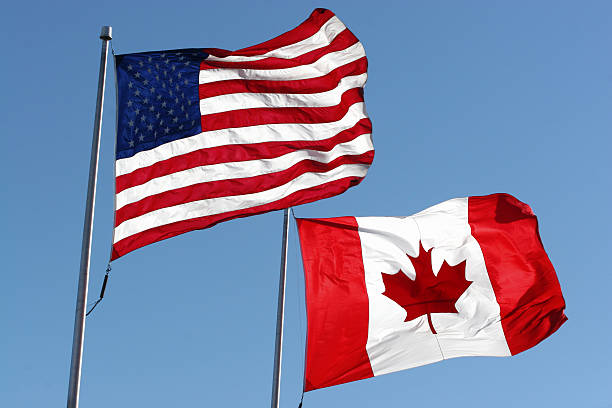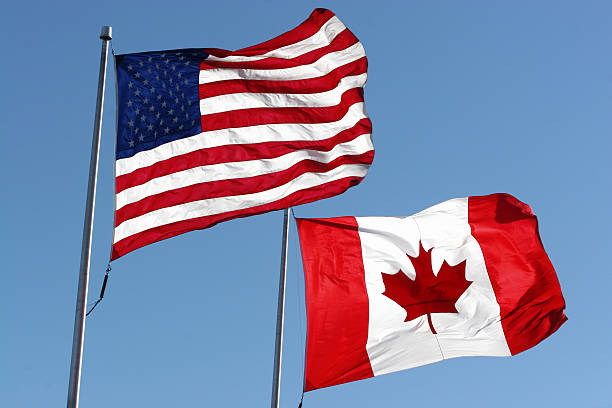
How Flow of Imports and Exports Changes with the Value of U.S. vs. Canadian Dollar
Published: December 28, 2022
Did you know, the value of the U.S. dollar impacts the economy of Canada through a number of means, including its imports and exports?
For example: Exports Fall When Currency Exchange Rates Increase
Suppose a Canadian Hockey Stick seller sells his sticks to retailers for the price of $10 Canadian each. Before the currency change, it would cost American retailers $5 each per stick, since one American dollar is worth two Canadian ones, but after the American dollar falls in value, American companies have to pay $10 U.S. dollars to purchase a stick, doubling the price for those companies.
When the price of any good goes up, we should expect the quantity demanded to fall, thus the Canadian manufacturer will likely not make as many sales; however, note that Canadian companies are still receiving the $10 Canadian per sale that they did before, but they’re now making fewer sales, which means their profits are probably only marginally impacted.
On the other hand: Imports Rise When Currency Exchange Rates Increase
The story is quite the opposite for Canadians who import goods from the United States. In this scenario, a Canadian retailer who is importing leather purses from a U.S. company before the increased exchange rate for $20 American Dollars is spending $40 Canadian to purchase these purses.
However, when the exchange rate goes to par, $20 American is the same as $20 Canadian.
Now Canadian retailers can purchase U.S. goods for half the price they were previously. The exchange rate goes to par, $20 American is the same as $20 Canadian. Now Canadian retailers can purchase U.S. goods for half the price they were previously.
This is great news for Canadian retailers, as well as Canadian consumers, as some of the savings are likely to be passed onto the consumer. It’s also good news for American manufacturers, as now Canadian retailers are likely to buy more of their goods, so they will make more sales, while still getting the same $20 American per sale as they were receiving before.
